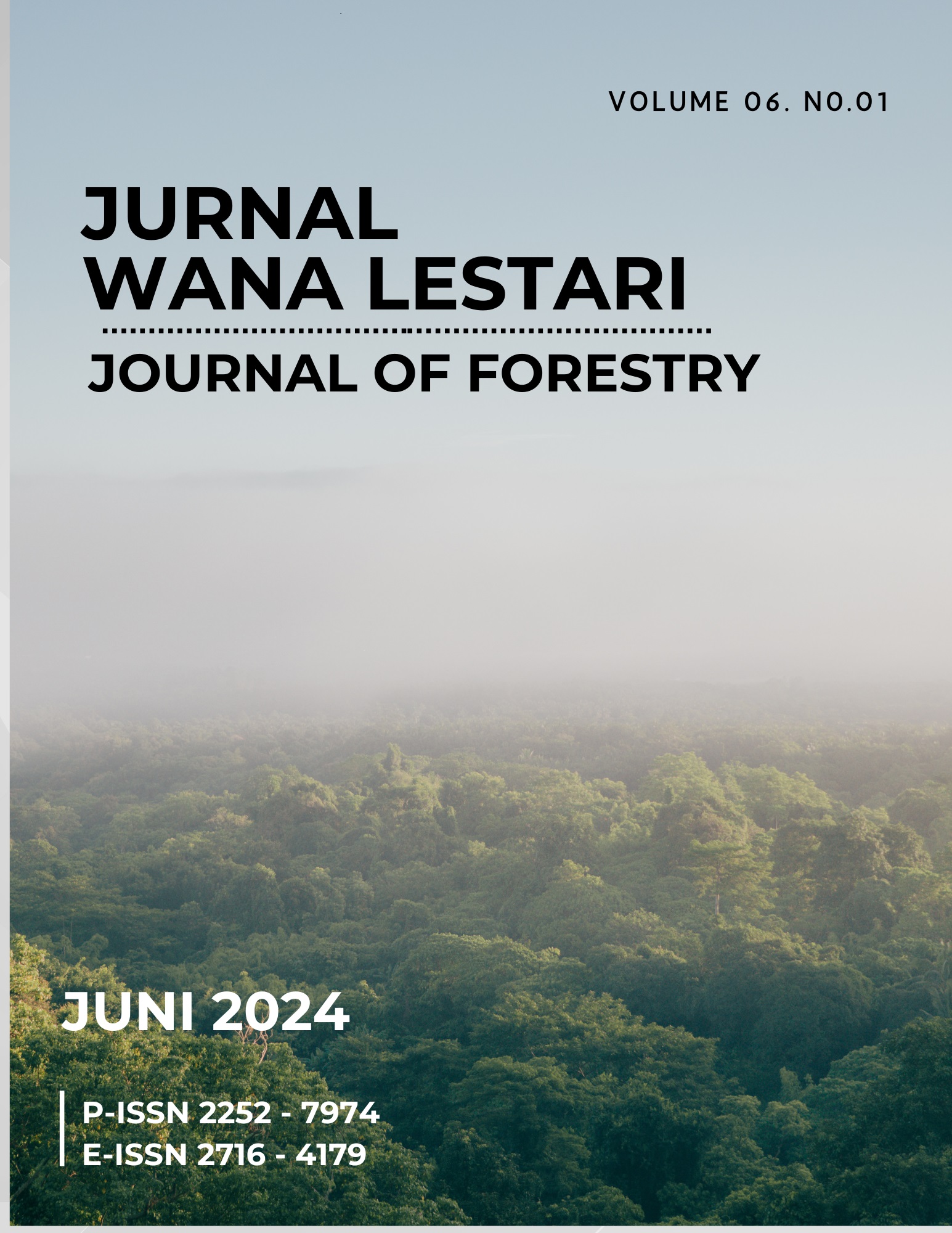THE ROLES OF VEGETATION IN OPEN GREEN SPACES IN KUPANG EAST NUSA TENGGARA
Abstract
Open green spaces are crucial for urban landscapes, providing huge benefits such as biodiversity conservation and promoting human health. They can be found in various forms like parks, gardens, and natural reserves. In Indonesia, open green spaces are a trend and prioritized by local authorities because the increasing number of buildings, roads, and vehicles in urban areas that potentially decrease air quality due to contamination of dust, CO2, and other pollutants. A study on the vegetation composition in Kupang open green spaces is needed to understand its potential benefits and serve as a baseline for developing extensive open green spaces with specific vegetation composition. The results reveal that from the 26 plant species that planted to green the areas, over 69% vegetation is suitable to be planted while 31% vegetation is moderately suitable. The majority of these plants are from the Fabaceae, with 34% of the vegetation in the green areas, followed by Anacardiaceae at 31%. The remaining species are moderately suitable, with Verbenaceae having 7% and the rest at 4% each. The vegetation in these areas plays various roles, such as filtering solid particles, absorbing cement dust, suppressing noise, reducing acid rain impacts, increasing water infiltration, improving aesthetics, and conserving groundwater. These roles are crucial for Kupang's urban environment, which faces potential environmental issues such as air pollution, solid particle pollution, drought, and noise pollution. The results indicate that the vegetation used to green the areas can create significant roles for the urban environment and the people.

 Muhammad Soimin(1*)
Muhammad Soimin(1*)







